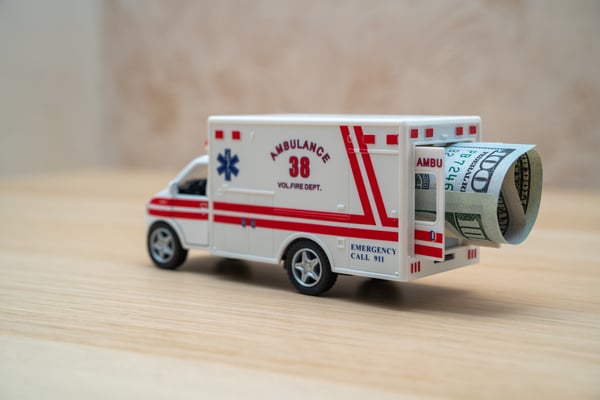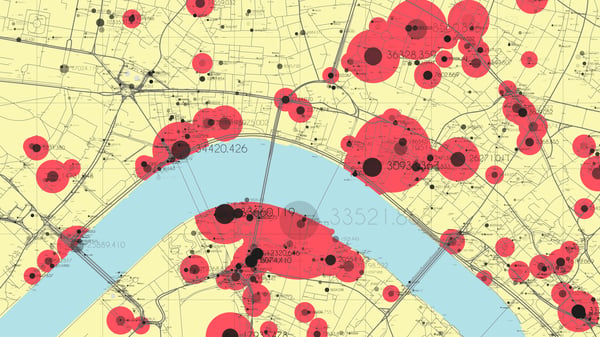4 Must-have Data Points for Dispatch-Billing Alignment and Maximum Reimbursement
Ambulance Safety Policies Only Work if They Are Enforced
How many times have you experienced when someone messes up, it’s inevitable that sooner or later a new policy is handed down
Was this information valuable?

How many times have you experienced when someone messes up, it’s inevitable that sooner or later a new policy is handed down. Now granted there are situations where a new policy has to correct valid issue(s). Other times... well you know, someone has way too much time to overthink and hence a policy book that creates more problems then it solves.
The Role of Policies & Procedures: How the Effect Safety
When I start my due diligence with a new client, I always like to review their policies. Much of my focus is on the safe operation of vehicles. This gives me good insight into the culture of the organization and the chance to identify areas of risk. I’ve come across many solid safety policies that leave no stone unturned and others that don’t even come close to reducing risk. The latter more times then not, have a safety record that would make you cringe. Staff and patient injuries are too prevalent and the consequences end up costing more then just money. I shake my head when I hear “That’s just the cost of doing business.” Is it OK to injure staff and patients as a cost of doing business because you don’t have the policies in place to prevent it? I also question the culture of an organization that uses this dangerous excuse.
On the flip side, I’ve come across services with excellent policies that can back it up with little or no staff and patient injuries. I’ll question the leadership team on their process of developing and updating the policies. The responses vary although one commonality is a deep-rooted commitment to safety. They leave no stone unturned and the policies are well written, clear, concise, reviewed frequently and updated. Some were developed internally; some came from other services that shared their “best practices.” One comment I’ve used and have heard many times: “Safety should not be proprietary.” I wholly support that statement because it’s in the best interest of EMS! EMS cannot be viewed by the people we serve as unsafe. Unfortunately research is showing the poor performance in U.S. ambulance safety is what myself and other safety collogues consider an epidemic.
Tips to Creating Safety Policies at Your EMS or Fire Organization
If you are unsure how your safety policies are stacking up, ask for help! Here are a few tips to get you started:
- For driving policies, start with your insurance company. They are an excellent source and would gladly help. Remember they are invested to reduce your exposure to risk.
- Some other sources could be as easy as asking other Fire -EMS services as I mentioned above. If you don’t ask the question the answer is always no.
- Other sources are non Fire – EMS fleet operators. Cities and municipalities along with educational institutions all operate fleets and have policies that can be developed or enhanced from.
- The internet….search!!! While writing this I just Googled: Driving Policies and Procedures. It came back with 202,000,000 results!
Remember, it’s not enough to write a policy and tuck it away. They have to be enforced, reviewed frequently and updated. If you have a safety committee or considering forming one, this is a good responsibility for the group. Oh, and make sure the committee is not all made up of leadership. It needs to be a good cross section of all employees.
Lastly, policies and procedures for safety need to support compliance and be an action plan to identify, correct and minimize risk. Make it one of the top priorities in your organization! Better a thousand times careful than once dead ≈ Proverb
Lets be safe out there!
Related Posts
How EMS Agencies Can Reframe Need and Refocus Resources With Geospatial Analytics
How To Minimize Radio Chatter and Reduce Guesswork With Smarter Dispatch Resource Management
ZOLL Pulse Blog
Subscribe to our blog and receive quality content that makes your job as an EMS & fire, hospital, or AR professional easier.
ZOLL Pulse Blog
Subscribe to our blog and receive quality content that makes your job as an EMS, fire, hospital, or AR professional easier.




